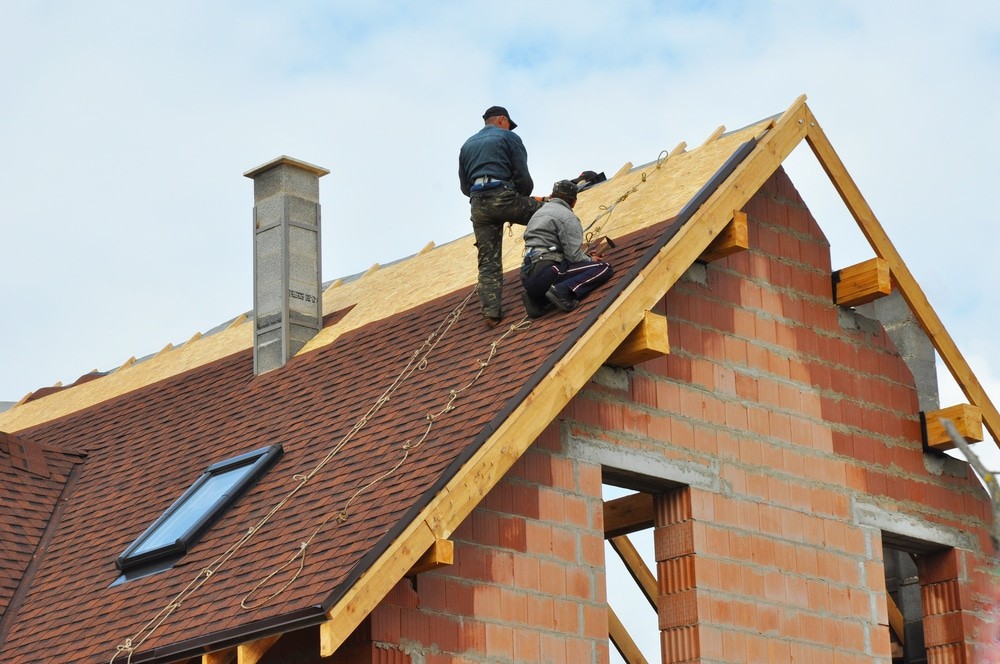Understanding When to Replace Your Roof
Determining the right time for a roof replacement is crucial in maintaining the integrity of your home. Homeowners need to be vigilant about recognizing the telltale signs of a deteriorating roof, such as leaks that creep down walls, the appearance of dark spots or trails on ceilings, and shingles that are cracked, curled, or completely missing. The roof’s age is another indicator; depending on the material, most roofs are made to endure 20 to 25 years. Therefore, if your roof is approaching this age window, it might be time to consider replacement options.
Engaging professionals for assessments ensures a precise understanding of your roof’s condition. Experienced roofers can provide comprehensive inspections, highlight hidden issues, and offer expert advice on whether repair might suffice or if a full replacement is warranted. Making informed decisions about roof replacement can help prevent further damage and maintain the value and safety of your house.
Choosing the Right Roofing Material
Selecting the appropriate residential roofing material is a decision that significantly impacts the durability and aesthetic appeal of your home. Each material brings its own set of benefits and limitations. Asphalt shingles, for instance, are incredibly popular due to their affordability and ease of installation. However, they might not have the durability of materials like metal or slate, which, although more expensive, are known for their longevity and resistance to harsh weather conditions.
Climate is a major factor in this choice. Materials like metal are preferred in regions that frequently experience severe precipitation or snowfall because of their ability to withstand water and their slick surface, which can aid in snow removal. Alternatively, in hot, sunny climates, tiles or cool roofs can reflect sunlight, reducing energy costs. Ultimately, the decision should harmonize with the architectural style of your home as well as your budgetary constraints.
Budgeting for Roof Replacement
Budgeting for a new roof involves more than the upfront cost of materials and labor. Homeowners should also anticipate ancillary costs that may arise, such as the disposal of the old roof, potential structural repairs, and even costs associated with the permits required by local authorities. It’s wise to obtain multiple estimates from qualified contractors to gauge the market rate and ensure you receive a fair deal.
Financing options are plentiful, allowing homeowners to manage their financial commitments more effectively. There are multiple avenues to explore, from home equity loans to specific reroofing loans. Consulting with financial advisors and lenders can help identify the best strategy. For more insights on possible financing pathways, consider these finance options to ease the expense.
Preparing Your Home for a Roof Replacement
Before the installation team arrives, preparing your home is a vital step in ensuring a smooth replacement process. Start by moving or covering sensitive items in your attic and upper floors to protect them from debris and dust. Outdoor items like patio furniture and potted plants, should be relocated to a safe area away from the work zone to avoid potential damage.
Communicate with the roofing contractors about any specific concerns or requests you might have. Ask about the safety measures they plan to implement, especially if small children or pets are in the house. Secure scaffolding and equipment, as well as clearly marked areas, aid in maintaining a safe environment during the project.
What to Expect During a Roof Installation
When the day of installation arrives, having a clear understanding of the process can help mitigate stress. The initial phase involves removing the existing roof materials, followed by a thorough inspection of the roof structure. This stage allows the contractors to identify and address any hidden issues, such as rotting wood or structural weaknesses, that could jeopardize the new installation.
Typically, the installation of new materials follows promptly, with the entire process taking anywhere from a couple of days to a week, contingent on the size and complexity of the roof. Adequate communication with the roofing team is critical at this stage, as it keeps you informed of progress and any unexpected findings that may adjust the project timeline.
Common Challenges and How to Overcome Them
Despite meticulous planning, unforeseen challenges can arise during roof replacement projects. Weather conditions, in particular, can cause delays. It’s advisable to schedule replacements during favorable weather periods and have contingency plans, like temporary coverings, to mitigate delays and protect your property.
Discovering unforeseen structural problems can also escalate costs unexpectedly. Having financial flexibility in your budget can prevent these challenges from becoming overwhelming. Regular updates from contractors and maintaining open dialogue can facilitate proactive solutions to potential obstacles during the renovation.
Tips for Ensuring a Long-Lasting Roof
Once your new roof is in place, adhering to routine maintenance is key to extending its lifespan. Regularly cleaning gutters and ensuring proper drainage can prevent water damage. Inspect the roof periodically, especially after severe weather, to catch any damages early on.
Online resources and professional services can provide invaluable assistance in roof maintenance. Whether you opt for DIY maintenance using guides or professional assessments, maintaining a proactive approach is essential. For more detailed information, check out these preventive maintenance tips.
Sustainable Roofing Options for Eco-Friendly Homes
In recent years, there has been an increased emphasis on sustainable roofing options as homeowners seek to reduce their carbon footprint. Materials such as recycled metal, green roofs, and solar tiles offer environmentally friendly alternatives without compromising on coverage and protection.
Sustainable roofing not only contributes to ecological conservation but can also offer homeowners financial benefits. For example, energy-efficient roofs decrease heating and cooling costs, while some regions offer tax credits or incentives for eco-friendly home improvements. As more people turn to sustainability, exploring these options can significantly benefit both the planet and your wallet.




